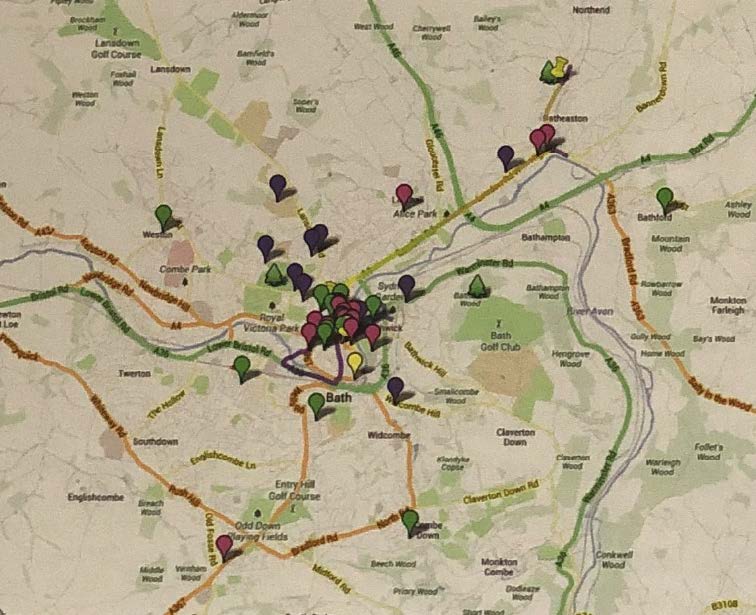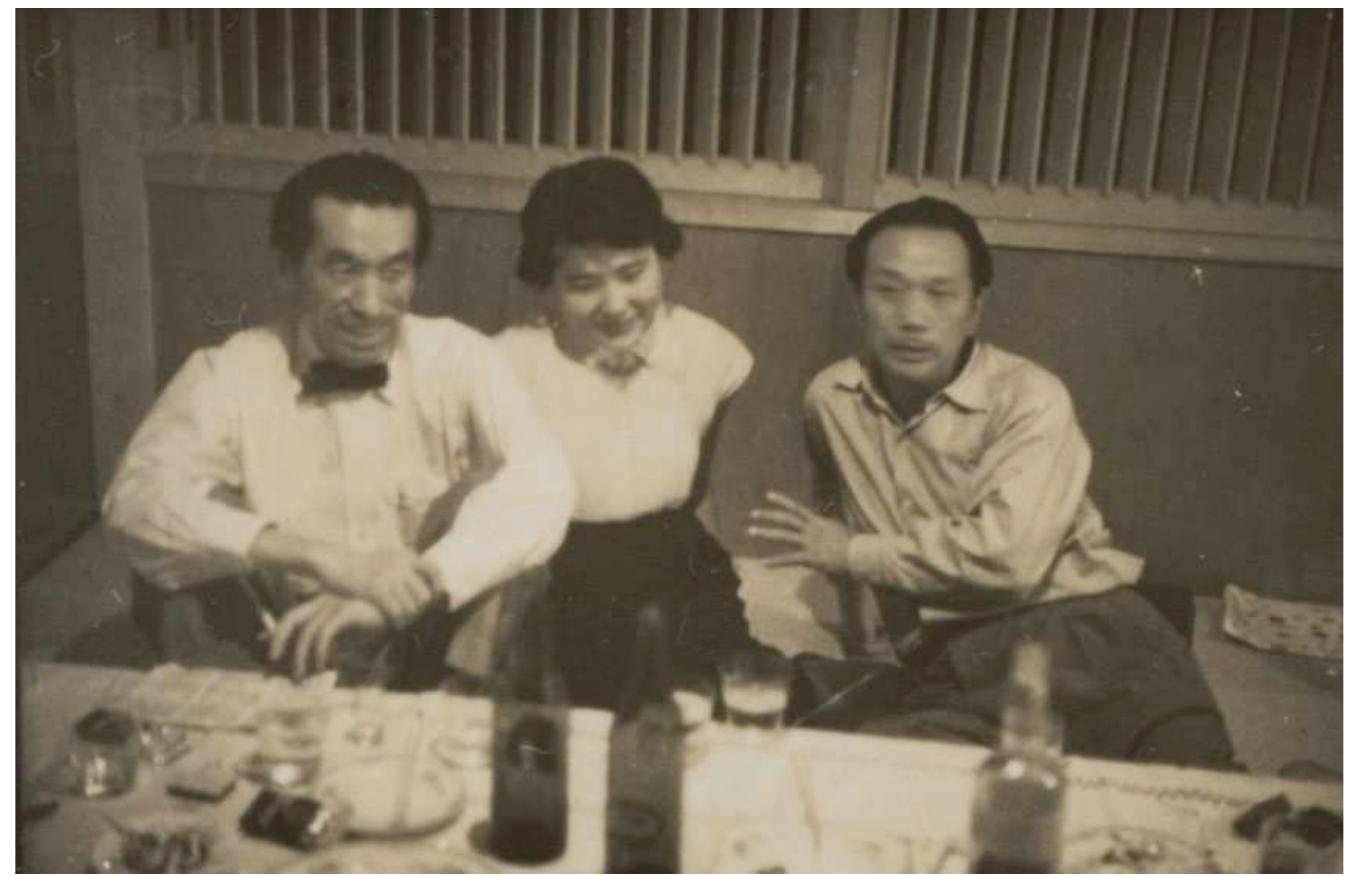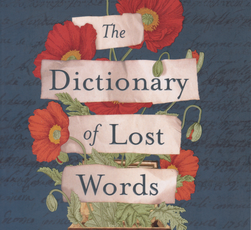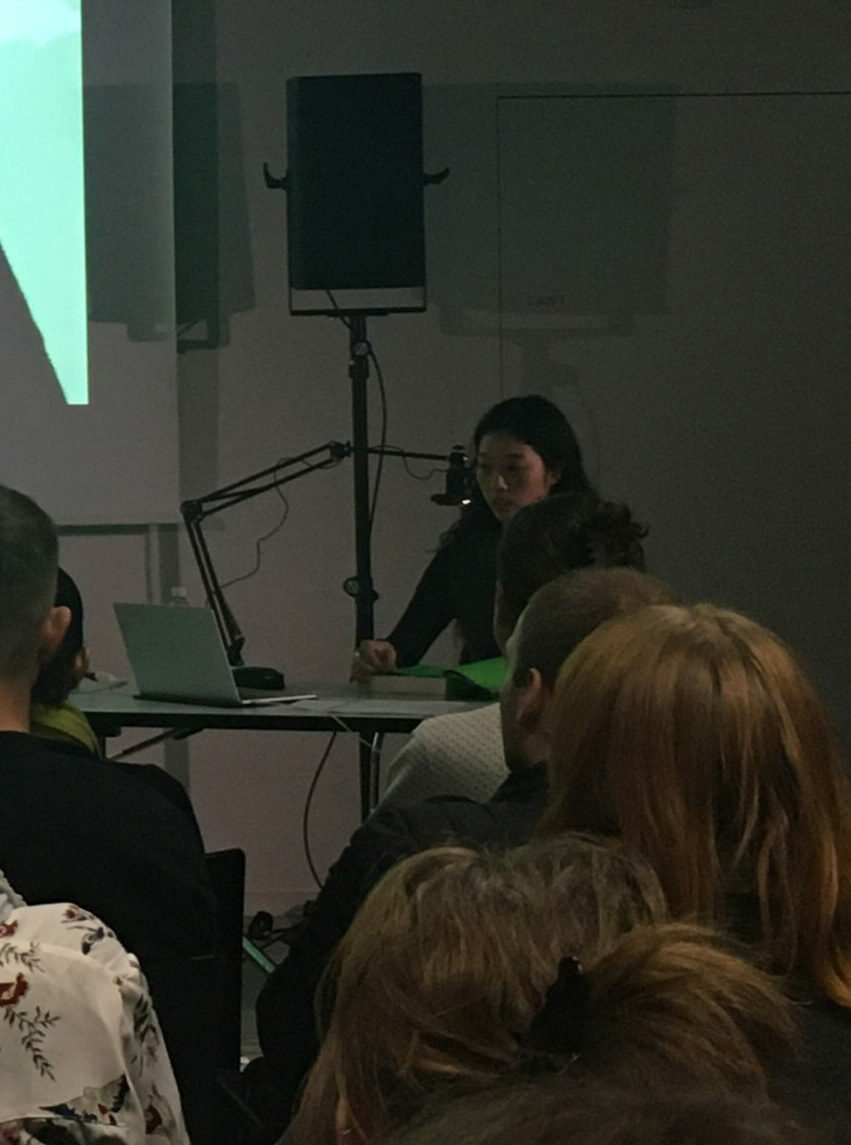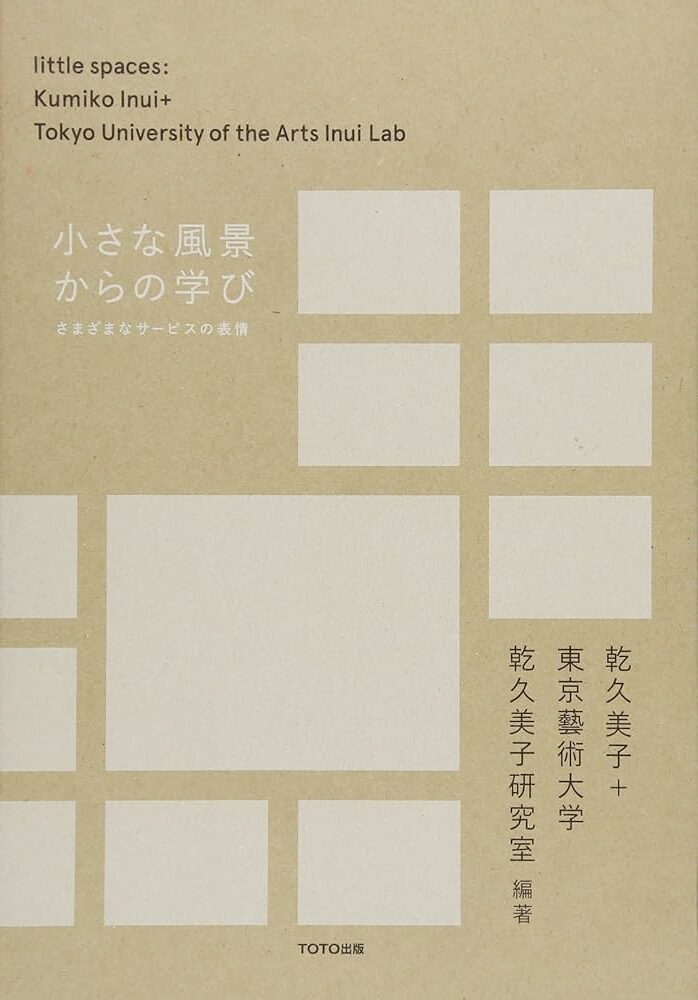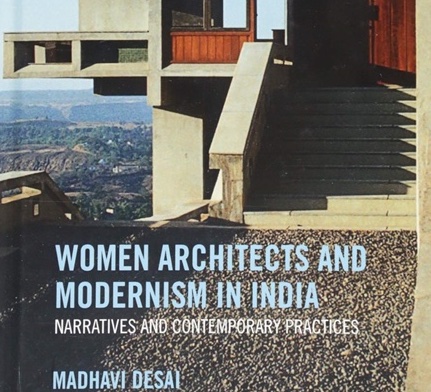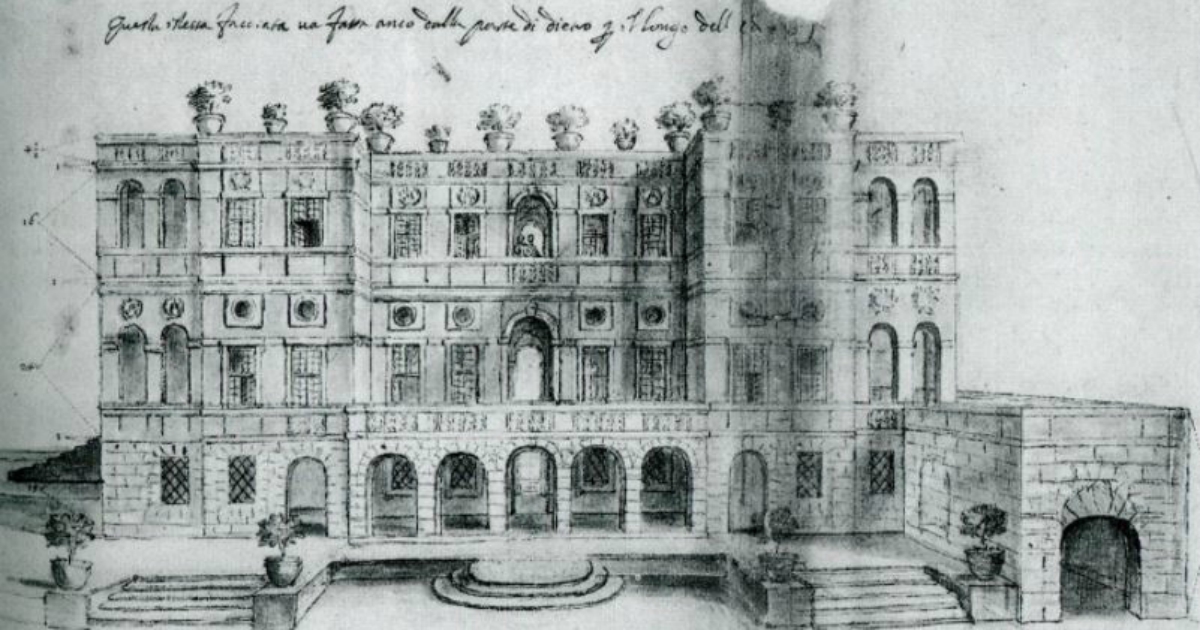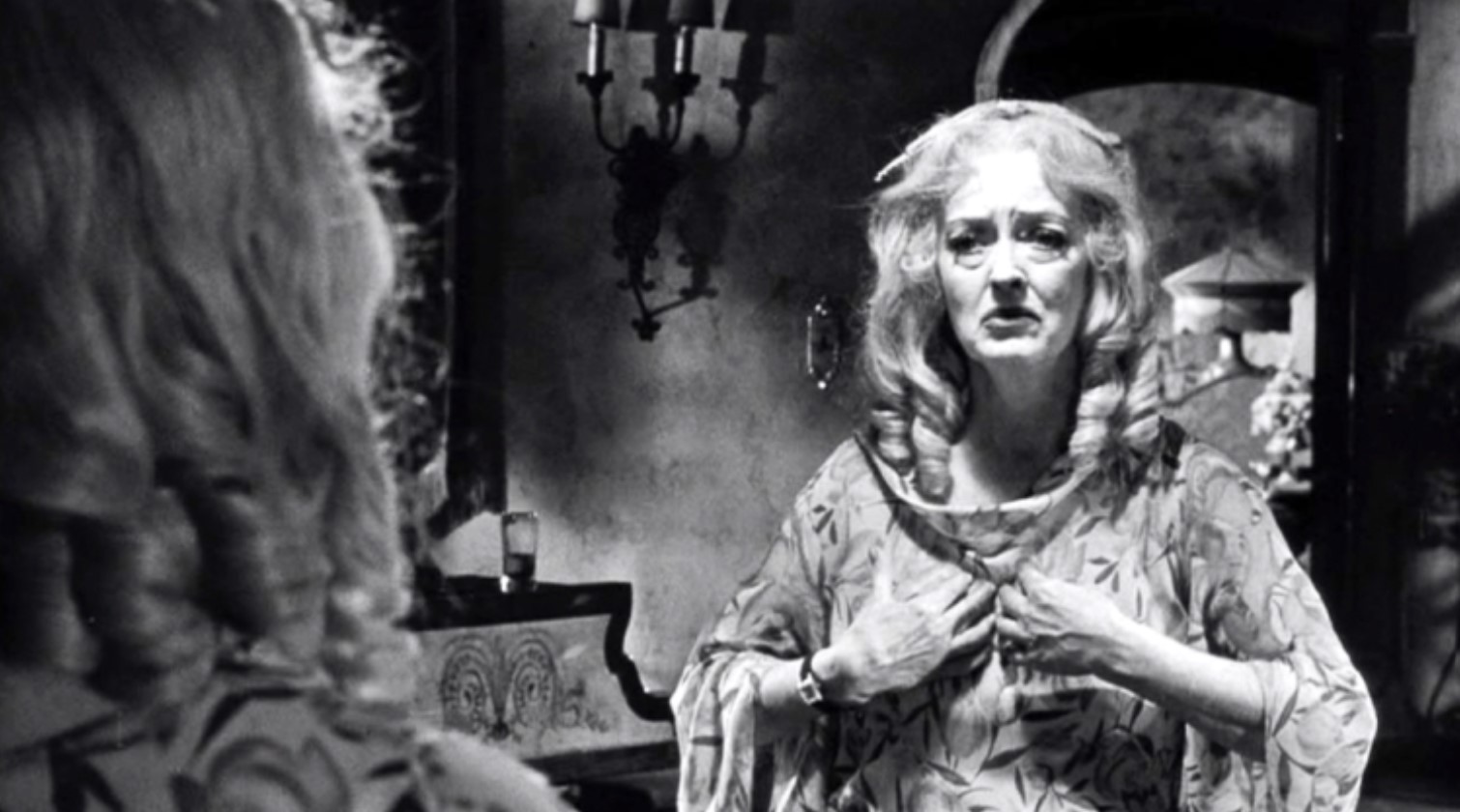
Paul Grieguszies on Caliban and the Witch
What I take from Silvia Federici’s Caliban and the Witch is how the condemnation of mostly lower-class women for witchcraft was used as a disciplinary instrument to silence and domesticate them. Federici’s connection with Marxist and Foucauldian theories are important because they fill out the missing gaps that her male predecessors left out. But for […]
